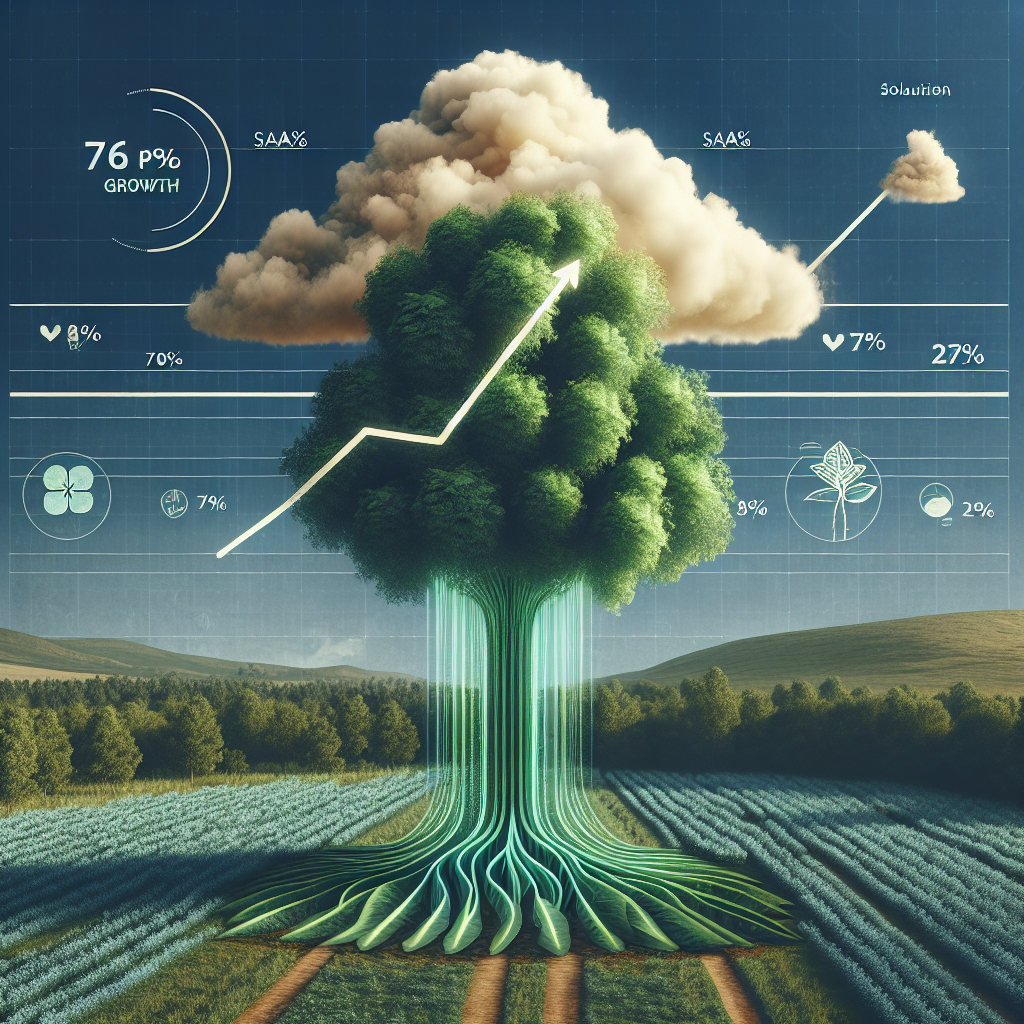Innovative platforms that offer direct monetization strategies are increasingly attracting content creators, signaling a shift in how digital content is valued and compensated. A focal point of this evolution is the emerging preference among creators to utilize platforms that provide them with tangible financial returns, directly correlating their earnings with the popularity and consumer engagement of their content.
According to an article titled “Why Creators Are Flocking to Platforms That Pay” published on VC Cafe, these platforms vary widely, spanning from subscription-based services to those offering one-time payment options, advertising revenue shares, and more. Such avenues not only empower creators with greater control over their income but also encourage a more direct relationship with their audience.
Creators, traditionally reliant on ad revenue which can be precarious and unpredictable, are finding these new models particularly appealing. Platforms like Patreon, Substack, and Twitch offer structures where creators can earn through memberships, paid subscriptions, or donations. This approach contrasts sharply with the ad-based revenue models seen on platforms like YouTube, which, while still popular, often lead to income instability due to algorithm changes or shifts in advertiser preferences.
This migration is underscored by a few key factors. First, digital content consumption continues to rise, with more people willing to pay for content that they value. Second, the increasing recognition that content creation is a legitimate and viable profession supports the demand for more equitable monetization methods. Creators are no longer just influencing culture; they are at the forefront of entrepreneurial digital economies, crafting their livelihoods one post, video, or article at a time.
Additionally, these monetization platforms foster a community-based model of support. Creators can offer exclusive content, direct interactions, and unique community experiences to their subscribers or patrons. This not only helps in maintaining a loyal audience but also stabilizes creators’ revenue streams. Financial predictability becomes more achievable, motivating creators to invest more time and effort into their craft, confident that the value they provide is both recognized and rewarded.
However, this shift is not devoid of challenges. The saturation of content on the internet means that not all creators can successfully transition to these paying platforms. The success often involves not just quality content but also the ability to market oneself effectively and engage with the audience on a personal level.
The increasing popularity of commercially supportive platforms poses thoughtful questions about the future landscape of online content creation. It suggests a growing caveat among creators and consumers alike about the value of digital content. This can be seen as a positive shift towards a more sustainable model for content creation on the internet, reflecting both the evolving digital economy and the changing perceptions of what constitutes professional work in the digital age.
As digital platforms continue to evolve, they will likely catalyze further innovations in how content is created, consumed, and compensated. This paradigm shift is not simply about economics; it is about recognizing and adapting to the new norms and expectations of creators and audiences alike in the ever-evolving digital milieu.



